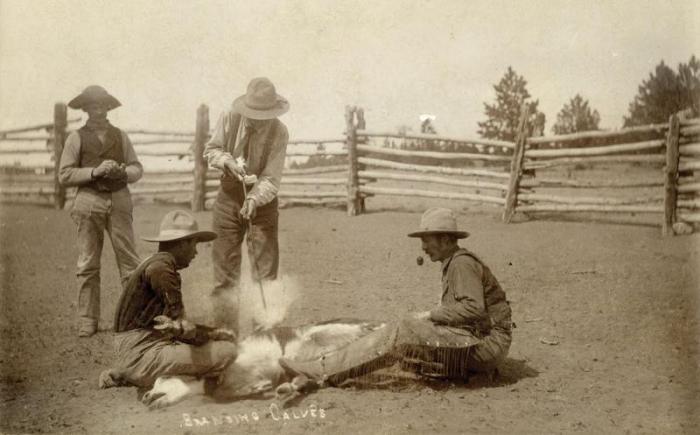Understanding Workers’ Compensation in Colorado Filing a workers’ compensation claim is critical for employees who have been injured or become ill due to their job. With so many outdoor recreation jobs in Colorado, the...
The Roaring Fork Valley – Basalt With lots to explore, the Roaring Fork Valley offers a great home base and Basalt, a lively community. The Roaring Fork Valley beckons many by way of its rivers, mountains, and people. Maybe ...
These Travel Apps Will Make Your Colorado Trip Savvy travelers know that having travel apps at their fingertips can make their journey smoother and more enjoyable. This is especially true when planning a trip to the breathtaking s...
Relocation with Children After a Divorce in Colorado Handling Relocation with children after a divorce can be challenging and complex. Moving to a new place disrupts the routine and stability that children thrive on, and it requir...
Your Colorado Travel Bucket List Here are some suggestions for your Colorado travel bucket list. Colorado is full of gems, from the big-wig attractions to the local secrets and small-town wonders. Whether you’re looking for hist...







